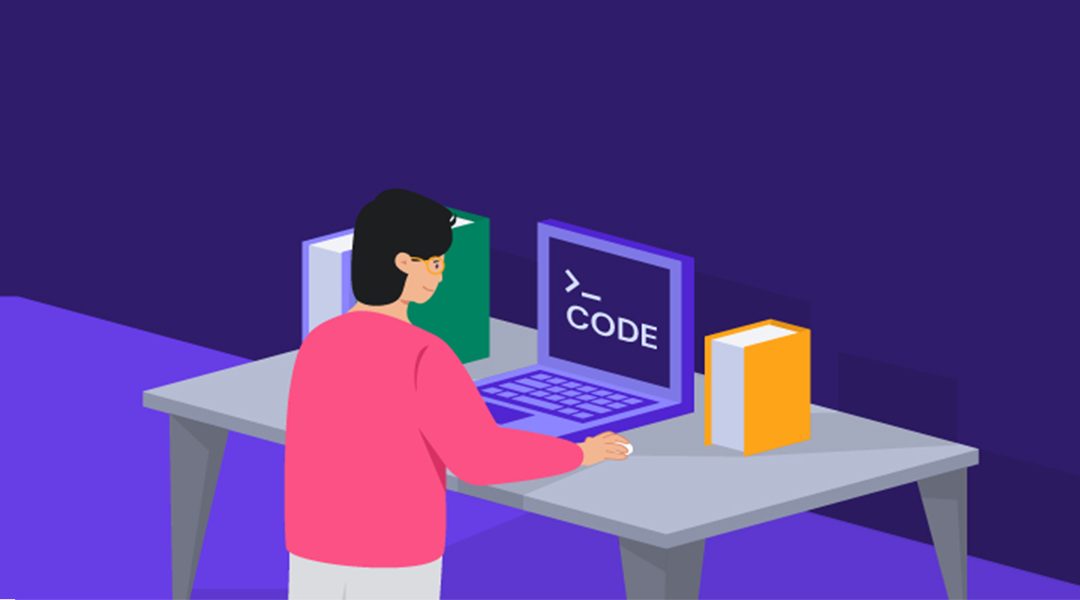Creating an admin panel with Laravel involves building a backend interface to manage various aspects of your application. Laravel provides a convenient structure and tools for creating such panels. Here are the steps to create an admin panel for managing backend operations using Laravel:
Install Laravel
If you haven’t already, install Laravel using Composer:
composer create-project --prefer-dist laravel/laravel adminpanel cd adminpanel
Set Up a Database
Configure your database connection in the .env file. Run migrations to create necessary tables:
php artisan migrate
Create a Controller for Admin Operations
Generate a controller to handle admin-related operations:
php artisan make:controller AdminController
Define the necessary methods for managing resources in AdminController.
Create Models
Create Eloquent models for the entities you want to manage. For example:
php artisan make:model Post
Define relationships and business logic within the models.
Create Routes
Define routes for your admin operations in routes/web.php or routes/admin.php. You can use middleware to restrict access to authenticated users with the right permissions.
Route::middleware(['auth', 'admin'])->group(function () {
// Define your admin routes here
Route::resource('posts', 'AdminController');
});
Build Views
Create views for your admin operations in the resources/views/admin directory. You can use Blade templating engine for this.
Use Laravel Mix for Assets
If your admin panel requires custom styles and scripts, use Laravel Mix to compile assets. Update the webpack.mix.js file accordingly and run:
npm install npm run dev
Implement Authentication
Laravel comes with built-in authentication scaffolding. Use php artisan make:auth to generate login and registration views. Customize the authentication middleware for admin access.
Implement Authorization
Implement role-based or permission-based authorization to control access to different admin functionalities. You can use Laravel’s built-in Gates and Policies for this.
Enhance Security
Consider additional security measures, such as CSRF protection, input validation, and securing routes.
Testing
Write tests to ensure the functionality and security of your admin panel. Laravel provides testing tools for this purpose.
Deployment
When ready, deploy your application using your preferred hosting service.
Remember to continuously update and secure your admin panel as your application evolves. Laravel’s documentation provides in-depth information on each of the steps mentioned above.
Recent Posts
- Laravel Package Development: Creating and Sharing Reusable Components
- Building Real-Time Features with Laravel and WebSockets
- How to Test Internet Speed from the Command Line on Linux
- Authentication and Authorization in Laravel
- Authentication and Authorization in Laravel: Implementing User Management
If you want then buy a good, reliable, secure web hosting service from here: click here
In Conclusion, If you enjoyed reading this article and have more questions please reach out to our support team via live chat or email and we would be glad to help you. In Other Words, we provide server hosting for all types of need and we can even get your server up and running with the service of your choice.




